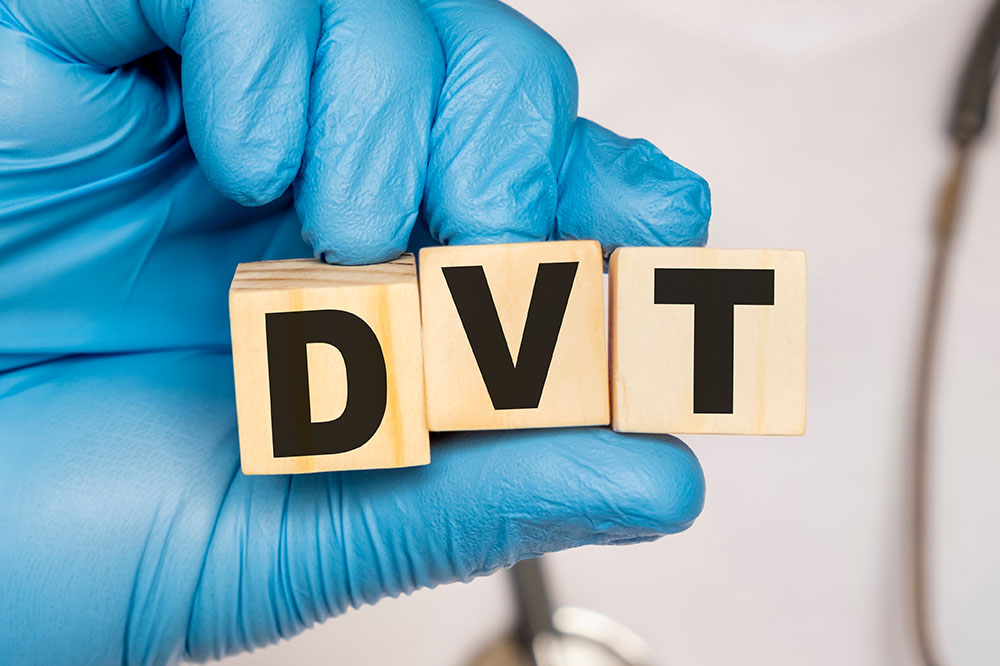
Common Signs and Symptoms of DVT
Deep vein thrombosis, or DVT, is a serious health disorder where blood clots form in the deep veins. These clots usually occur in the lower regions of the body due to several reasons, such as a lack of mobility, certain medical conditions, genetic factors, internal injuries, etc. Thankfully, the disease can be treated through medication and therapy if diagnosed in time. The following are four common early warning signs and symptoms of DVT.
1. Swelling
Swelling is one of the most common signs. Around 70 percent of patients with DVT reported this symptom. Individuals often notice swelling in the region around the blood clot. For instance, if the blockage is in the right leg, the swelling manifests only in that leg. However, some people have a clot in their pelvis, leading to swelling in both legs. The inflammation could also show up in the calf, thigs, or any other part where the clot is formed. If one notices swelling that does not go away, they should immediately contact a doctor as it could be an early sign of DVT.
2. Pain
When a clot is formed in a vein, the blood flow gets restricted, causing pain in the region. Of all patients diagnosed with DVT, 50 percent reported pain in their legs, either mild or extreme. Others complain of pain in their calves and inner thigh. The pain usually increases when individuals flex their feet or stretch their toes upwards. Sometimes, the pain feels like a cramp. In any case, seeing a doctor is an absolute must.
3. Skin discoloration
Skin discoloration is one of the more severe symptoms of DVT. When blood flows through the affected area, RBCs break down, changing the color of the skin. In addition, the skin becomes dry and flaky. This increases the urge to scratch. Some patients also report that the region around the clot feels warmer than the rest of the body. Such signs should not be ignored as they can lead to complications like eczema and ulcers.
4. Muscle cramping
Muscle cramps that occur in this condition are more severe. Unlike regular cramps that go away in a few minutes after stretching or walking, DVT cramps persist and aggravate. Patients may also experience a throbbing sensation simultaneously. It can be hard to say whether or not these cramps are an indication of DVT. However, if one experiences them along with the above symptoms, it is time to seek an appointment with the doctor.
After noting the symptoms, doctors usually recommend a D-dimer blood test to confirm DVT. High levels of D-dimer (a type of protein) suggest the presence of a blood clot in the body. The other diagnosis methods include venography, ultrasound, and MRI scans.



